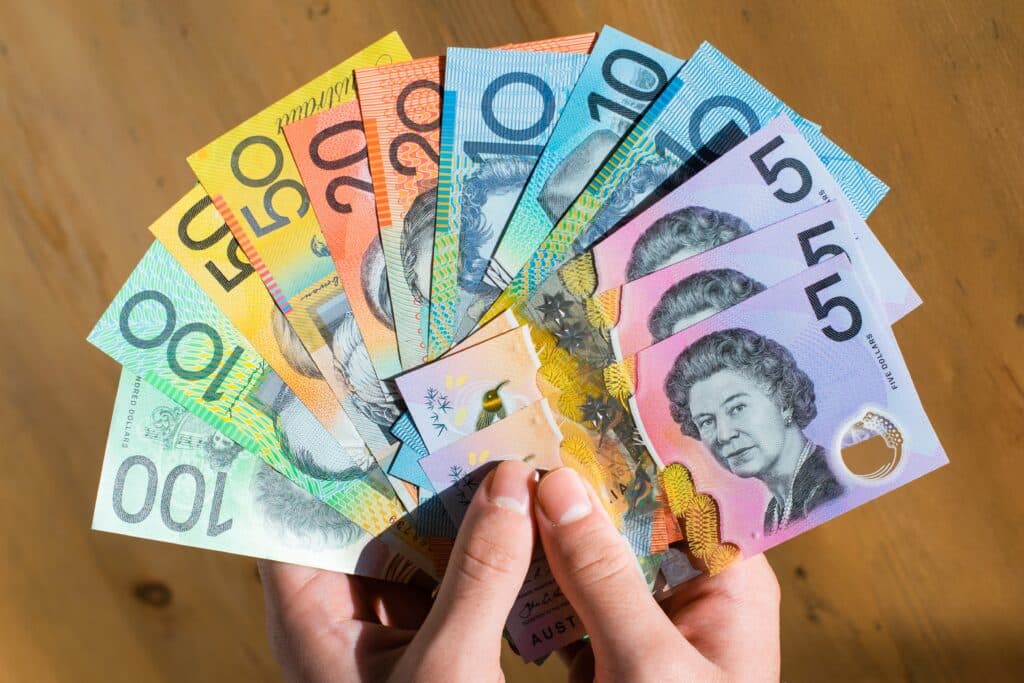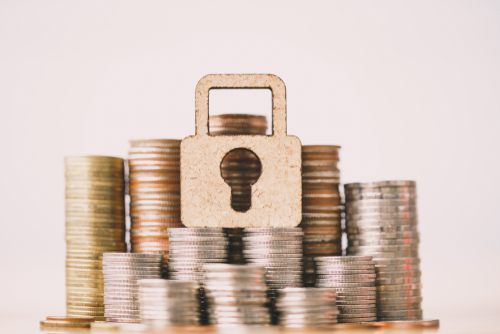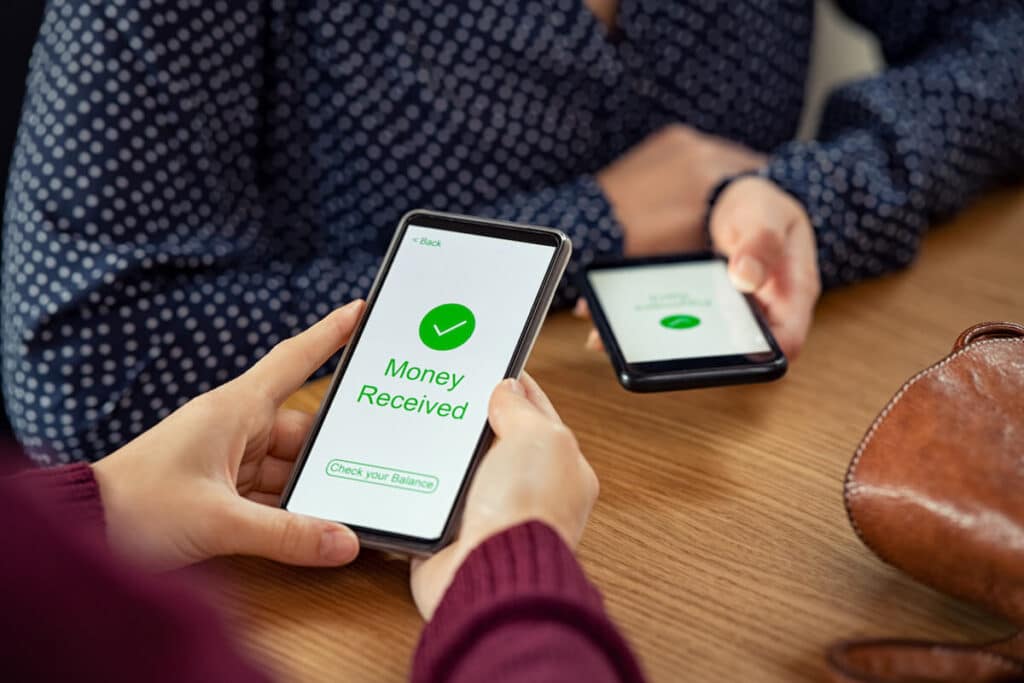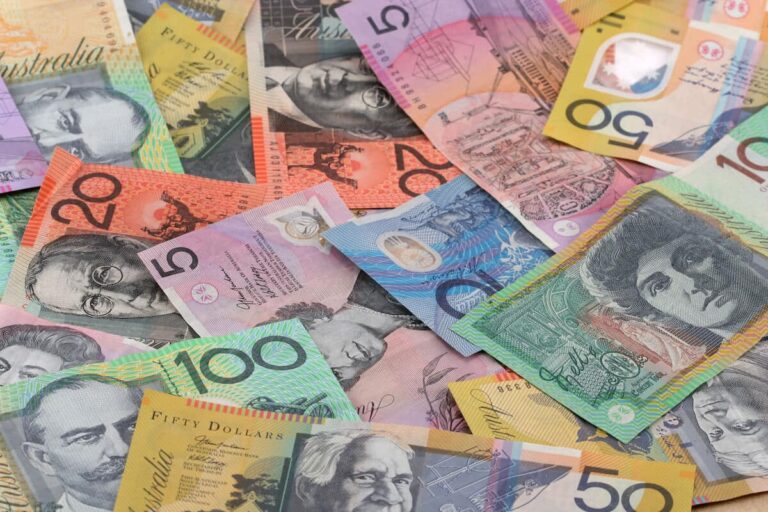Sending money to Australia is an important act, whether it’s for family support, a special gift, or a business opportunity. But the process can feel complicated. Australia has its own financial rules and systems, and understanding them is the first step to making a smooth, secure transfer.
This guide will walk you through the key things to consider before you send money to Australia. We’ll cover everything from transfer methods and costs to safety tips, protections, and what your recipient should expect. Our goal is to provide clear, helpful information so you can send money with confidence. It’s essential to familiarize yourself with the various options available for sending funds, as each may come with different timelines and service providers. Additionally, understanding money transfer fees will help you make informed decisions and avoid unexpected charges. By being aware of these factors, you can ensure a smooth transaction that meets your needs and those of your recipient.
Are You Allowed to Send Money to Australia?

Yes, sending money to Australia is generally straightforward. Australia has a modern and open financial system, which makes international transfers common.
However, financial institutions are required to follow certain rules to prevent illegal activities. For large transfers, you may need to provide identification and documentation explaining the source of your funds. It’s also crucial to ensure the service you use is licensed to operate and send money to Australia. Always double-check that you have the correct recipient information, including their full name and bank details, to avoid delays.
What Are the Typical Transfer Methods?

You have several options for sending money to Australia, each with its own advantages.
- Bank Transfers: A traditional method where you send money directly from your bank account to the recipient’s. While secure, these transfers can sometimes be slower and more expensive due to correspondent bank fees.
- Digital Transfer Apps: Online services and mobile apps are often the fastest and most cost-effective way to send money. They provide competitive exchange rates, allowing you to complete a transfer in minutes.
- Cash Pickups: Some services allow you to send money that your recipient can collect in cash from a physical location. This is useful if your recipient doesn’t have easy access to a bank account, but it may not be as common for a country like Australia.
- Mobile Wallets: Sending money directly to a recipient’s mobile wallet is another fast and convenient digital option, though its availability depends on the services used by both the sender and receiver.
- Cryptocurrency: While it is possible to send digital currencies, this method is less common for everyday transfers. It requires both you and your recipient to have crypto wallets and a good understanding of how it works.
How Long Will It Take for the Money to Arrive?

The time it takes for your money to reach Australia can vary significantly.
- Digital transfers are often the quickest, with funds sometimes arriving in minutes or within one business day.
- Bank transfers can take longer, typically between 3 to 5 business days, as they may need to go through multiple banking systems.
Other factors can also affect the delivery time, including the amount you send, the time of day you initiate the transfer, and whether it falls on a weekend or public holiday in either country. Always check the estimated delivery time before confirming your transaction.
What Are the Costs Involved?

When you send money internationally, there are two main costs to consider: the transfer fee and the exchange rate.
- Transfer Fees: This is an upfront fee charged by the service for processing the transaction. It can be a flat fee or a percentage of the amount you send. Some services may waive this fee for larger transfers or promotions.
To understand the true cost, always look at the total amount the recipient will receive in Australian Dollars (AUD). Comparing this final figure across different services is the best way to find the most affordable option.
Send money to Australia with Remitly.
Get a special rate on your first transfer, plus no fees on your first two transfers.
Get Started
Are There Limits on How Much You Can Send?

Yes, there are often limits on how much money you can send. These limits can be set by the transfer service, Australian financial regulations, or international compliance rules.
- Service Limits: Most services have daily, weekly, or monthly transfer limits. These can vary based on your account history and the destination country.
- Regulatory Limits: For larger transfers, Australian law requires financial institutions to report transactions to AUSTRAC (Australian Transaction Reports and Analysis Centre) to prevent money laundering. This doesn’t stop the transfer but may require you to provide additional ID and documentation about the source of the funds.
If you need to send a large amount, check the service’s policy beforehand. You may need to verify your identity more thoroughly to raise your transfer limit.
How Safe Is It to Send Money to Australia?

Sending money to Australia is very safe if you use a reputable and regulated service. Here are some tips to protect yourself and your money:
- Choose Regulated Providers: Use services that are licensed and regulated by financial authorities in your country. In Australia, providers are monitored by agencies like ASIC and AUSTRAC.
- Check for Security Features: Look for services that use encryption (like SSL) to protect your personal and financial data.
- Read Customer Reviews: See what other users are saying about the service’s reliability and customer support.
- Beware of Scams: Be cautious of anyone asking you to send money urgently or to someone you don’t know. Common scams include phishing emails pretending to be from a legitimate service or fake requests from supposed friends or family. Never share your password or login details.
What Should the Recipient Expect?

The process for the recipient in Australia is usually simple, especially for bank deposits.
- Bank Deposits: If you send money directly to their bank account, the funds will appear automatically. The recipient doesn’t need to do anything.
- Digital Wallets or Apps: If they are receiving money through a specific app, they will need to have the app downloaded and an account set up. They will typically receive a notification once the money is available.
- Verify Recipient Details: Before you send, confirm your recipient’s full name (as it appears on their bank account) and their BSB (Bank-State-Branch) and account numbers. Incorrect details are the most common reason for delays.
Communicating with your recipient is key. Let them know when you’ve sent the money and the estimated arrival time so they can look out for it.
Your Guide to a Secure Transfer
Sending money to Australia doesn’t have to be stressful. By understanding the process and your options, you can make an informed choice that works for you and your recipient. Remember to compare services based on the total cost and delivery time, use regulated providers to ensure safety, and always double-check all details before confirming your transfer.
If you have specific questions about fees, limits, or delivery times, it’s always best to check directly with the transfer service you plan to use.
Quick Reference Chart
| Category | Money Transfers to Australia: Key Information |
|---|---|
| Legality | Fully legal. Identification and source of funds may be required for large transfers. Ensure the service is licensed. |
| Transfer Methods | Bank Transfers: Secure but slower and can be costly Digital Apps: Fast, affordable, competitive exchange rates Cash Pickup: Less common in Australia but available Mobile Wallets: Convenient if both parties use compatible apps Cryptocurrency: Fast and low-cost, but requires crypto knowledge |
| Speed | Minutes to 5 business days. Digital apps are fastest; bank transfers take longer due to interbank processing. |
| Costs | Includes transfer fees and exchange rate. Always compare total AUD received across services. |
| Limits | Depends on service and method. Large transfers may require ID and proof of funds for AUSTRAC reporting. |
| Safety | Very safe with regulated providers. Use encrypted platforms, read reviews, and avoid scams. Never share sensitive info. |
| Recipient Experience | Bank Deposits: Automatically credited Digital Wallets: Requires app and account Verify Details: Ensure correct name, BSB, and account number |
| Best Practices | Compare providers, confirm recipient info, track your transfer, and use licensed services for secure and fast delivery. |
Frequently Asked Questions (FAQs)
How long does it take to send money to Australia?
Delivery times depend on the transfer method and service provider. Some services offer instant transfers, while others may take 2-5 business days. Be sure to verify estimated delivery times before initiating a transaction.
What are the fees for transferring money to Australia?
Transfer fees vary by service, amount, and payment method. Providers may also charge currency exchange fees, so it’s important to review all associated costs beforehand.
Is it safe to send money to Australia online?
Yes, as long as you use reputable and regulated transfer services. Look for providers with strong encryption, secure websites, and certified compliance with financial regulations.
Are there limits on how much money I can send to Australia?
Most services have minimum and maximum transfer limits. These limits can depend on the provider, your method of payment, and the recipient’s country. Always confirm the limits with your chosen service.
Can I track my money transfer?
Many transfer services provide tracking options, allowing you to monitor the status of your transfer online or through their app. Check if tracking is available when selecting your provider.
